Stay cool: Top fabrics to wear to survive the summer heat
Powered by WPeMatico
Powered by WPeMatico
Powered by WPeMatico
Powered by WPeMatico

New Delhi: On July 8th, the Supreme Court is scheduled to hear a batch of petitions related to the controversy-ridden NEET 2024, including those alleging irregularities in the MBBS entrance test held on May 5 and seeking re-exam.
According to the cause list for July 8 uploaded on the apex court’s website, the batch of 26 petitions would come up for hearing before a bench comprising Chief Justice D Y Chandrachud and Justices J B Pardiwala and Manoj Misra.
This year’s NEET UG 2024 exam was mired in controversies after a paper leak scam came to light. Medical Dialogues had earlier reported that around 13 people, including four examinees and their family members, were arrested in Bihar for their alleged involvement in the paper leak of the NEET-UG exam. Patna police sources had previously claimed that the NEET-UG question papers along with their answers were provided to around 20 aspirants a day before the date of the exam i.e. May 5, 2024.
Then, the Economic Offences Unit (EOU) of Bihar Police, which took over the investigation, revealed that the brokers involved in the NEET paper leak scam took between Rs 30 lakh to Rs 50 lakh from each of the medical aspirants in exchange for giving them the question paper of the NEET UG 2024 question paper ahead of the examination.
Multiple pleas have been filed before the High Courts and the Supreme Court seeking an investigation into the alleged paper leak scam. Some of the pleas demanded the scrapping of the NEET UG 2024 exam and holding a retest.
Meanwhile, during the case proceedings, NTA earlier decided to withdraw the grace marks awarded to 1563 candidates and hold an optional retest for those candidates. Those who did not opt for the retest were allowed to retain their original marks, without the grace marks.
The matter is now being investigated by the Central Bureau of Investigation (CBI). Central Government on June 22, 2024, handed over the charge of investigating in the alleged irregularities in the NEET UG 2024 examination to the Central Bureau of Investigation (CBI).
“Certain cases of alleged irregularities / cheating / impersonation / malpractices have been reported. For transparency on the conduct of the examination process, the Ministry of Education, Government of India after a review has decided to entrust the matter to the Central Bureau of Investigation (CBI) for a comprehensive investigation,” the Ministry of Education stated in a release.
Earlier, while considering the NEET-related pleas, the Supreme Court had refused to defer the counselling/seat allotment process scheduled to commence on July 6. However, the bench had orally observed that the admissions would be subject to the final outcome of the petitions and if the exams were set aside, the counselling would get invalidated consequentially.
The Top Court had also expressed its concern over the alleged discrepancies in the NEET UG 2024 exam. The Court had noted that even ‘0.001& negligence’ in conducting the NEET-UG 2024 exams would be looked into with all seriousness considering the immense labor put in by the candidates for the prestigious examination.
Recently two candidates Kritika Garg and Priyanjali Garg approached the Apex Court opposing the proposal to cancel the NEET exam and hold a retest. Hailing from Meerut, these candidates secured Rs 705 and 690 marks respectively.
Approaching the Apex Court bench, they argued that students who have prepared for years should not be put to the trouble of appearing in the exam again. These applicants further contended that holding a retest for the NEET UG 2024 exam would not only be “unfair” to most students but would also cause hardship to their families.
NEET-UG retest result
The Centre and the NTA had, on June 13, told the court that they had cancelled the grace marks awarded to 1,563 candidates. They were given the option to either take a re-test or forgo the compensatory marks awarded for loss of time.
The NTA announced the revised rank list on Monday after issuing the results of the re-test held on June 23.
A total of 67 students had scored a perfect 720, unprecedented in the NTA’s history, with six from a Haryana centre figuring in the list, raising suspicions about irregularities in the examination held on May 5. It has been alleged that grace marks contributed to 67 students sharing the top rank.
The number of candidates sharing the top rank in the NEET-UG reduced to 61 from 67 as the NTA announced the revised results on Monday.
Powered by WPeMatico

Thiruvananthapuram: Taking action against absentee assistant professors and lecturers from various medical and pharmacy college hospitals, the Kerala health department has issued show-cause notices to 56 doctors for being on unauthorized absence for a period of 1- 7 years including one with the longest period of absence on the list- 15 years.
The department directed all the 56 professors on the list to appear and report for duty before the Additional Chief Secretary (Health) at the secretariat within 15 days. Failure to comply will lead to termination without further notice as per relevant provisions of the Constitution of India, Kerala civil services rules and Kerala service rules.
A government order containing names, addresses and periods of absence of such professors of different government medical colleges was mentioned in the show-cause notice published through the website of the health department.
Also read- Odisha: 2 Absent CHC Doctors Get Show Cause Notice
As per a TOI news report, the professors who have been served the notices had been abstaining from their duty for a period that ranges from 1 year to 7 years. Moreover, a doctor has also been found to be abstaining from duty since 2008.
Among the assistant professors, 12 are from Kozhikode Medical College Hospital and 9 from Thiruvananthapuram Medical College Hospital. Meanwhile, a lecturer from the Thiruvananthapuram Medical College of the pharmacy department has been on unauthorized absence since July 1, 2008.
Among the departments mentioned in the list, the highest number of absentee doctors was reported in General Medicine with 13, General Surgery with 6 absentee doctors, Cardiology with 5 absentee doctors, four each from Anesthesia and Radio Diagnosis, and three each from Microbiology and Pathology.
The show-cause notice issued by the Additional Chief Secretary (Health) Rajan Khobragade mentioned, “Though all of them have already been given enough time to rejoin duty by the authorities, they defied the directions and continued on unauthorized absence.”
“Since the health and medical education sector of the state stands as a model for the entire country, the unauthorized absence of these doctors is badly affecting the functioning of the medical colleges and also patient care,” reads the notice.
“Hence, the state government feels that the action of these doctors is highly irregular and cannot be allowed. Therefore, 15 days’ time is allowed for these doctors to rejoin duty into the government service from the date of the publication of this notice.”
Speaking about this matter to Onmanorama, Dr Rosenara Beegum T, president, Kerala Government Medical College Teachers Association (KGMCTA) said, “About a decade ago, such a measure was taken. We have not received any complaints from our members so far regarding the action being taken against them for unauthorised absence. One issue is that, unlike other categories, doctors are not given sabbatical in directorate of medical education. Besides there are pay anomalies in entry cadre. There is a general sense of dissatisfaction which may be prompting this level of absence. That said we have severe staff shortage in many departments, PSC recruitment has been pending. Those who are generally interested in academic field carry on with the job irrespective of remuneration.”
Dr Nirmal Bhaskar, a former office-bearer of KGMCTA, said, “The government should allow the provision for sabbatical so that the practice of illegal leave can be curbed. They can take a break on authorised leave for higher studies or any other purpose. Exposure to advanced practices in foreign countries can be utilized here once they join back for duty.”
Also read- Absent From Duty: Three Nursing Staff Face Suspension At SMS Hospital
Powered by WPeMatico
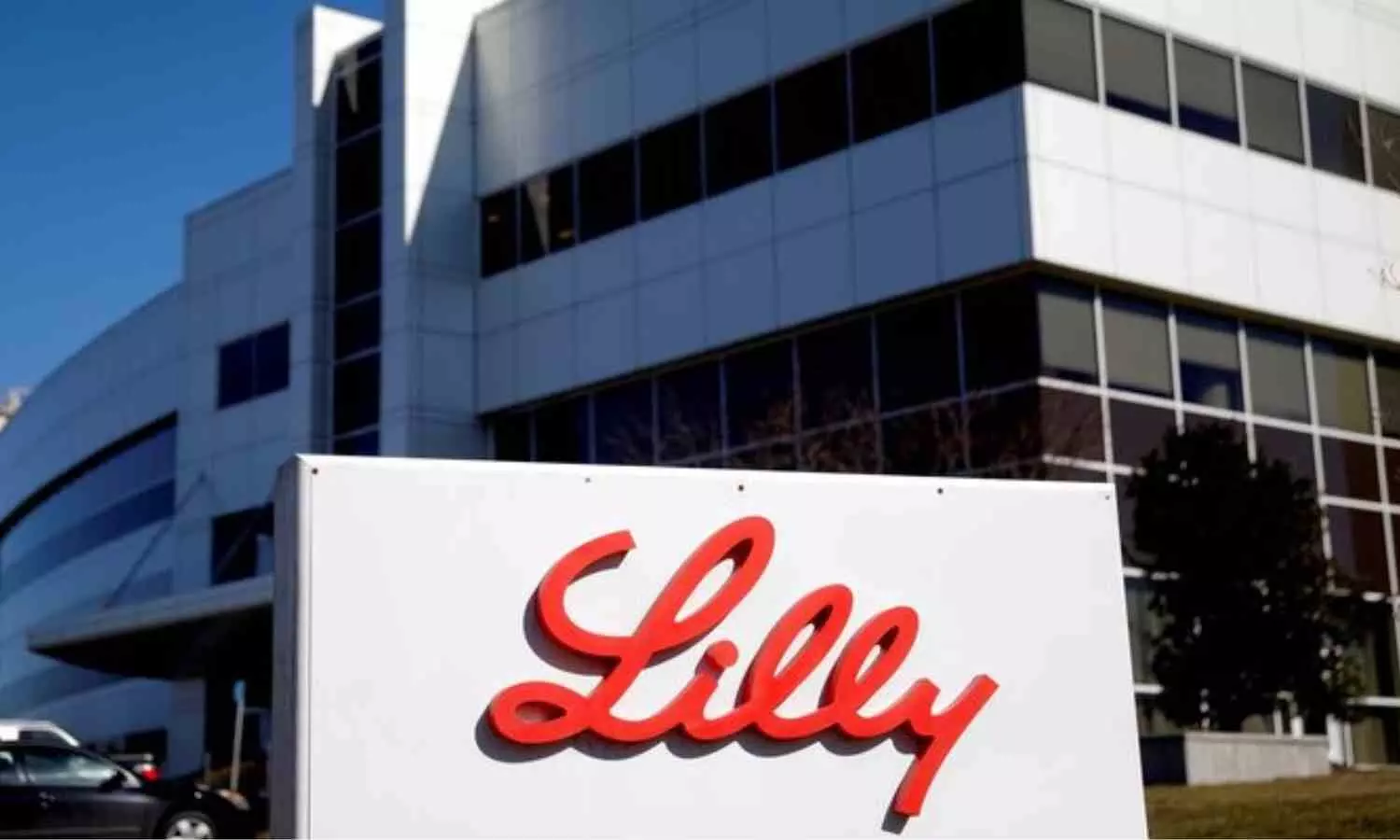
Indianapolis: Eli Lilly has announced that the
Once-monthly Kisunla is a amyloid plaque-targeting therapy with evidence to support stopping therapy when amyloid plaques are removed, which can result in lower treatment costs and fewer infusions.
“Kisunla demonstrated very meaningful results for people with early symptomatic Alzheimer’s disease, who urgently need effective treatment options. We know these medicines have the greatest potential benefit when people are treated earlier in their disease, and we are working hard in partnership with others to improve detection and diagnosis,” said
Amyloid is a protein produced naturally in the body that can clump together to create amyloid plaques. The excessive buildup of amyloid plaques in the brain may lead to memory and thinking issues associated with Alzheimer’s disease. Kisunla can help the body remove the excessive buildup of amyloid plaques and slow the decline that may diminish people’s ability to remember new information, important dates, and appointments; plan and organize; make meals; use household appliances; manage finances; and be left alone.
In the TRAILBLAZER-ALZ 2 Phase 3 study, people who were the least advanced in the disease experienced the strongest results with Kisunla. Trial participants were analyzed over 18 months in two groupings: one group who was less advanced in their disease (those with low to medium levels of tau protein) and the overall population, which also included participants with high tau levels. Treatment with Kisunla significantly slowed clinical decline in both groups. Those individuals treated with Kisunla who were less advanced in their disease showed a significant slowing of decline of 35% compared with placebo on the integrated Alzheimer’s Disease Rating Scale (iADRS), which measures memory, thinking, and daily functioning. In the overall population, the response to treatment was also statistically significant using the iADRS at 22%. Among the two groups analyzed, participants treated with Kisunla had up to a 39% lower risk of progressing to the next clinical stage of disease than those taking placebo.
Among the overall population of participants, Kisunla reduced amyloid plaques on average by 61% at 6 months, 80% at 12 months, and 84% at 18 months compared to the start of the study. One of the treatment goals of the study was to remove amyloid plaques to minimal levels consistent with a visually negative scan using amyloid positron emission tomography (PET). If participants were confirmed to have reached these levels, they were able to complete treatment with Kisunla and switch to placebo for the remainder of the study.
Kisunla can cause amyloid-related imaging abnormalities (ARIA), which is a potential side effect with amyloid plaque-targeting therapies that does not usually cause symptoms. It can be detected via magnetic resonance imaging (MRI) scans and, when it does occur, may present as temporary swelling in an area or areas of the brain, which usually resolves over time, or as small spots of bleeding in or on the surface of the brain. Infrequently, larger areas of bleeding in the brain can occur. ARIA can be serious, and life-threatening events can occur. Kisunla can also cause certain types of allergic reactions, some of which may be serious and life-threatening, that typically occur during infusion or within 30 minutes post-infusion. Headache is another commonly reported side effect.
“This approval marks another step forward in evolving the standard of care for people living with Alzheimer’s disease that will ultimately include an arsenal of novel treatments, providing much needed hope to the Alzheimer’s community. As a physician, I am encouraged by the potential to stop treatment, which could reduce out-of-pocket costs and infusion burden for eligible patients,” said
In the TRAILBLAZER-ALZ 2 trial, people were able to complete treatment and switch to placebo at 6, 12, or 18 months after they achieved one of the study’s treatment goals, minimal levels of amyloid plaque consistent with a visually negative amyloid PET scan. In the overall population of people receiving Kisunla, 17% completed treatment at 6 months, 47% at 12 months, and 69% at 18 months based on an assessment of amyloid levels via an amyloid PET scan.1
|
Kisunla Limited-Duration Treatment Examples |
|||
|
Length of Treatment |
6 months |
12 months |
18 months |
|
30-Minute Infusions |
6 |
13 |
19 |
|
Course of Therapy Cost |
$12,522 |
$32,000 |
$48,696 |
|
Note: The price of each vial of Kisunla is |
|||
The total cost of Kisunla will vary by patient based on when they complete treatment. The
Patients’ out-of-pocket cost for treatment with Kisunla will depend on their length of treatment and their insurance. Coverage and reimbursement for Kisunla are now available for eligible patients on Medicare under a National Coverage Determination with Coverage with
Read also: Eli Lilly executive Anat Ashkenazi to join Google, Alphabet as new CFO
Powered by WPeMatico
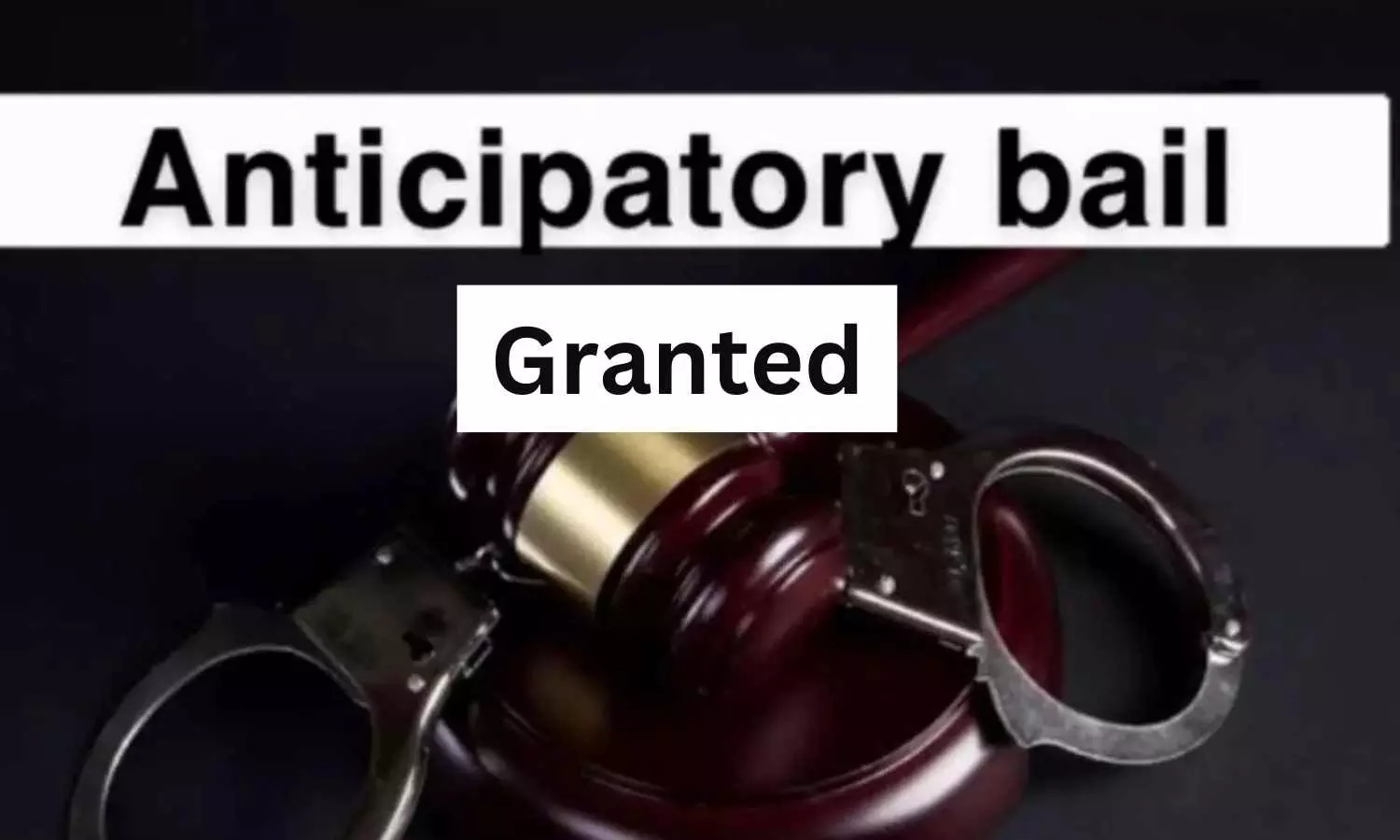
New Delhi: In a recent development, the Rohini Sessions Court granted anticipatory bail to a male doctor and regular bail to his wife, also a doctor, who were both accused under sections of the Indian Penal Code and the POCSO Act.
Sessions Judge Jitendra Singh recently, while granting regular bail to the female doctor, noted that there has never been any complaint against the accused under PNDT or any illegal termination of pregnancy.
According to an ANI report, the accused has cooperated in the investigation by providing all the records. In these circumstances, the applicant/accused is admitted on bail, said the court.
In the case, Prosecutrix made allegations against her boyfriend/co-accused and alleged that her abortion was done 3 times in May, October, and Dec 2023 in the clinic of a doctor, upon which the female gynaecologist was arrested by a South Rohini Police station investigation officer.
Interestingly, the boyfriend of the prosecutrix was granted anticipatory bail but the doctor was arrested by IO. While the raids were conducted in the clinic, no evidence of pregnancy or abortion of the prosecutrix was found.
Advocates Ravi Drall and Aditi Drall for doctors during the court proceedings showed the register of clinic in which abortion registry entries were made. In the absence of evidence against the doctor, the gynaecologist was granted regular bail. There were no allegations of abortion against the husband of a gynaecologist who was granted anticipatory bail.
Advocate Aditi Drall submitted that the accused has been falsely implicated in the instant matter. It was further submitted that the accused is known doctor and had no knowledge about the facts or the person involved in the present case. It was further submitted that accused is aged about 57 years, a doctor (gynaecologist) by profession and has been working in said Nursing home for the last 15 years. It was further submitted that she has herself got the record checked while in police custody. All the relevant documents have already been collected by the IO; therefore, she is no longer required for custodial interrogation, news agency ANI reported.
Advocate Aditi Drall further submitted that there is no complaint of illegal abortion or termination of abortion against the present accused.
In this case, one FIR was registered upon the statement of the complainant, who alleged that she was raped by a co-accused various times and that her abortion was done in the nursing home of the present accused.
Powered by WPeMatico
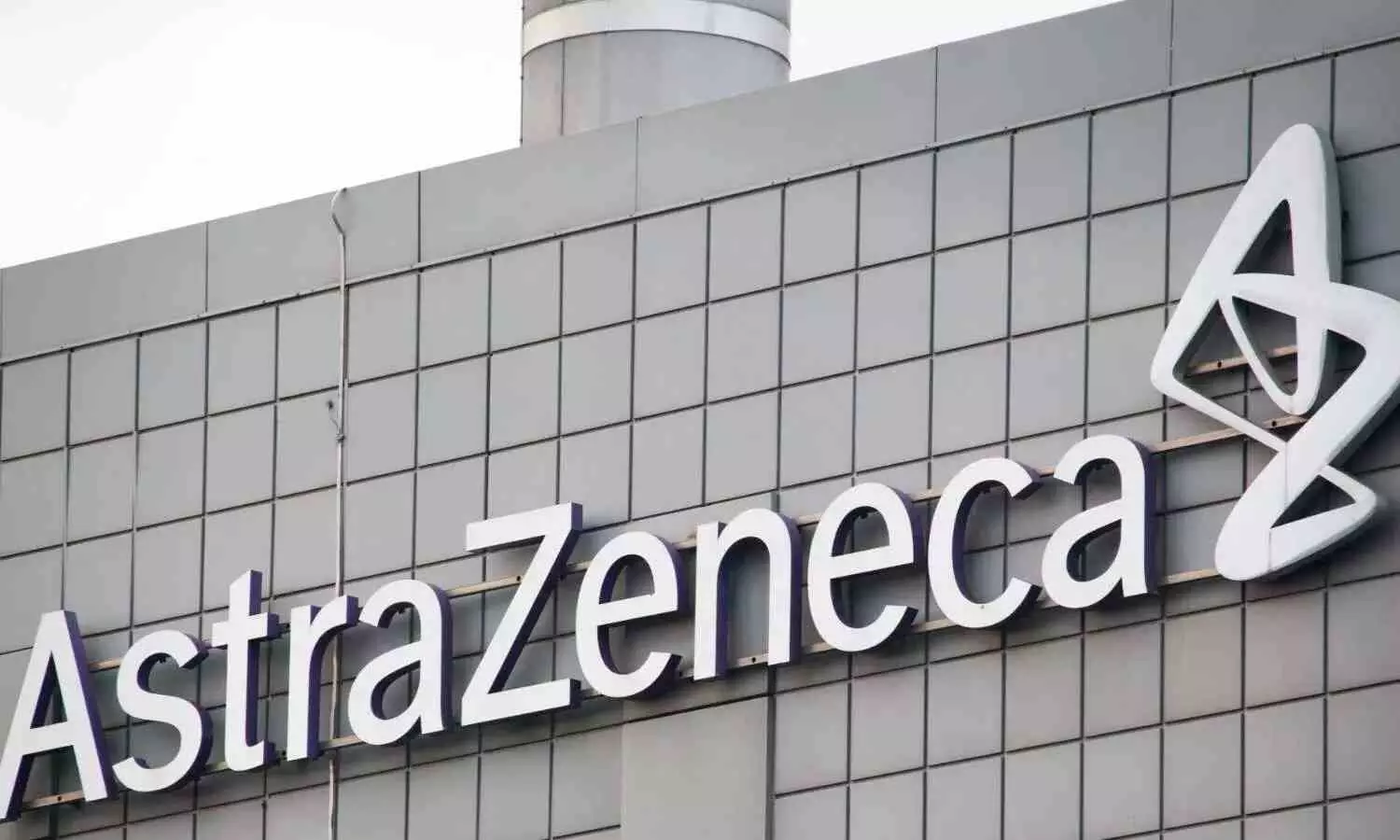
Cambridge: AstraZeneca has announced that Imfinzi (durvalumab) and Lynparza (olaparib) have been recommended for approval in the European Union (EU) as treatment for certain patients with primary advanced or recurrent endometrial cancer. Imfinzi plus chemotherapy as 1st-line treatment followed by Lynparza and Imfinzi has been recommended for patients with mismatch repair proficient (pMMR) disease. Imfinzi plus chemotherapy followed by Imfinzi alone has been recommended for patients with mismatch repair deficient (dMMR) disease.
The Committee for Medicinal Products for Human Use (CHMP) of the European Medicines Agency (EMA) based its positive opinion on a prespecified exploratory subgroup analysis by mismatch repair (MMR) status from the DUO-E Phase III trial, which was published in the Journal of Clinical Oncology in October 2023.
This analysis showed a reduction in the risk of disease progression or death for pMMR patients in the Lynparza and Imfinzi arm by 43% (median 15.0 months versus 9.7 months, hazard ratio [HR] 0.57; 95% confidence interval [CI] 0.44-0.73) versus the control arm. Results for dMMR patients showed a reduction in the risk of disease progression or death in the Imfinzi arm by 58% (median not reached versus 7.0 months, HR 0.42; 95% CI 0.22-0.80) versus the control arm.
In Europe, endometrial cancer is the fourth most common cancer in women, with nearly 125,000 diagnoses and more than 30,000 deaths in 2022. Patients diagnosed at an early stage of disease have a five-year survival rate of approximately 80-90%, but that falls to less than 20% for people with advanced disease. There is a significant need for new treatment options, especially for the 70-80% of patients with pMMR disease. This recommendation underscores the importance of MMR testing at point of diagnosis, which is well established and widely available.
Els Van Nieuwenhuysen, Gynaecological Oncologist at the UZ Leuven, Belgium and trial investigator, said, “Patients with advanced or recurrent endometrial cancer currently have a very poor prognosis, especially those with mismatch repair proficient disease. This recommendation underscores the significant benefit shown with durvalumab as well as with the olaparib and durvalumab combination for patients with both mismatch repair deficient and mismatch repair proficient status. This marks an important step toward improving outcomes for these patients in Europe.”
Susan Galbraith, Executive Vice President, Oncology R&D, AstraZeneca, said, “The recommendation for approval in the EU recognises the potential of the Lynparza and Imfinzi combination to provide clinical benefit for patients with endometrial cancer, especially for those with mismatch repair proficient disease who have few available treatments today. If approved, patients in Europe will have a new option for combination treatment that brings the additional benefit of PARP inhibition to immunotherapy.”
The safety profiles of both experimental regimens were manageable, well-tolerated and broadly consistent with the known profiles of the individual agents.
Regulatory submissions for Imfinzi and Lynparza are currently under review in Japan and several other countries based on the DUO-E trial. Imfinzi plus chemotherapy was recently approved for dMMR patients with primary advanced or recurrent endometrial cancer in the US.
Powered by WPeMatico
Timing of Metformin Important in Metformin-Treated Type 2 Diabetes suggests a new study published in the Diabetologia.
Metformin lowers postprandial glycaemic excursions in individuals with type 2 diabetes by modulating gastrointestinal function, including the stimulation of glucagon-like peptide-1 (GLP-1). The impact of varying the timing of metformin administration on postprandial glucose metabolism is poorly defined. We evaluated the effects of metformin, administered at different intervals before an intraduodenal glucose infusion, on the subsequent glycaemic, insulinaemic and GLP-1 responses in metformin-treated type 2 diabetes. Sixteen participants with type 2 diabetes that was relatively well-controlled by metformin monotherapy were studied on four separate days in a crossover design. On each day, participants were randomised to receive a bolus infusion of metformin (1000 mg in 50 ml 0.9% saline) via a nasoduodenal catheter at t = −60, −30 or 0 min (and saline at the other timepoints) or saline at all timepoints (control), followed by an intraduodenal glucose infusion of 12.56 kJ/min (3 kcal/min) at t = 0–60 min. The treatments were blinded to both participants and investigators involved in the study procedures. Plasma glucose, insulin and total GLP-1 levels were measured every 30 min between t = −60 min and t = 120 min. Results: There was a treatment-by-time interaction for metformin in reducing plasma glucose levels and increasing plasma GLP-1 and insulin levels (p<0.05 for each). The reduction in plasma glucose levels was greater when metformin was administered at t = −60 or −30 min vs t = 0 min (p<0.05 for each), and the increases in plasma GLP-1 levels were evident only when metformin was administered at t = −60 or −30 min (p<0.05 for each). Although metformin did not influence insulin sensitivity, it enhanced glucose-induced insulin secretion (p<0.05), and the increases in plasma insulin levels were comparable on the 3 days when metformin was given. In well-controlled metformin-treated type 2 diabetes, glucose-lowering by metformin is greater when it is given before, rather than with, enteral glucose, and this is associated with a greater GLP-1 response. These observations suggest that administration of metformin before meals may optimise its effect in improving postprandial glycaemic control.
Reference:
Xie, C., Iroga, P., Bound, M.J. et al. Impact of the timing of metformin administration on glycaemic and glucagon-like peptide-1 responses to intraduodenal glucose infusion in type 2 diabetes: a double-blind, randomised, placebo-controlled, crossover study. Diabetologia 67, 1260–1270 (2024). https://doi.org/10.1007/s00125-024-06131-6
Keywords:
Timing, Metformin, Important, Metformin-Treated, Type 2 Diabetes, Glucagon-like peptide-1, Insulin, Metformin, Postprandial glycaemia, Preload, Type 2 diabetes, Diabetologia
Powered by WPeMatico
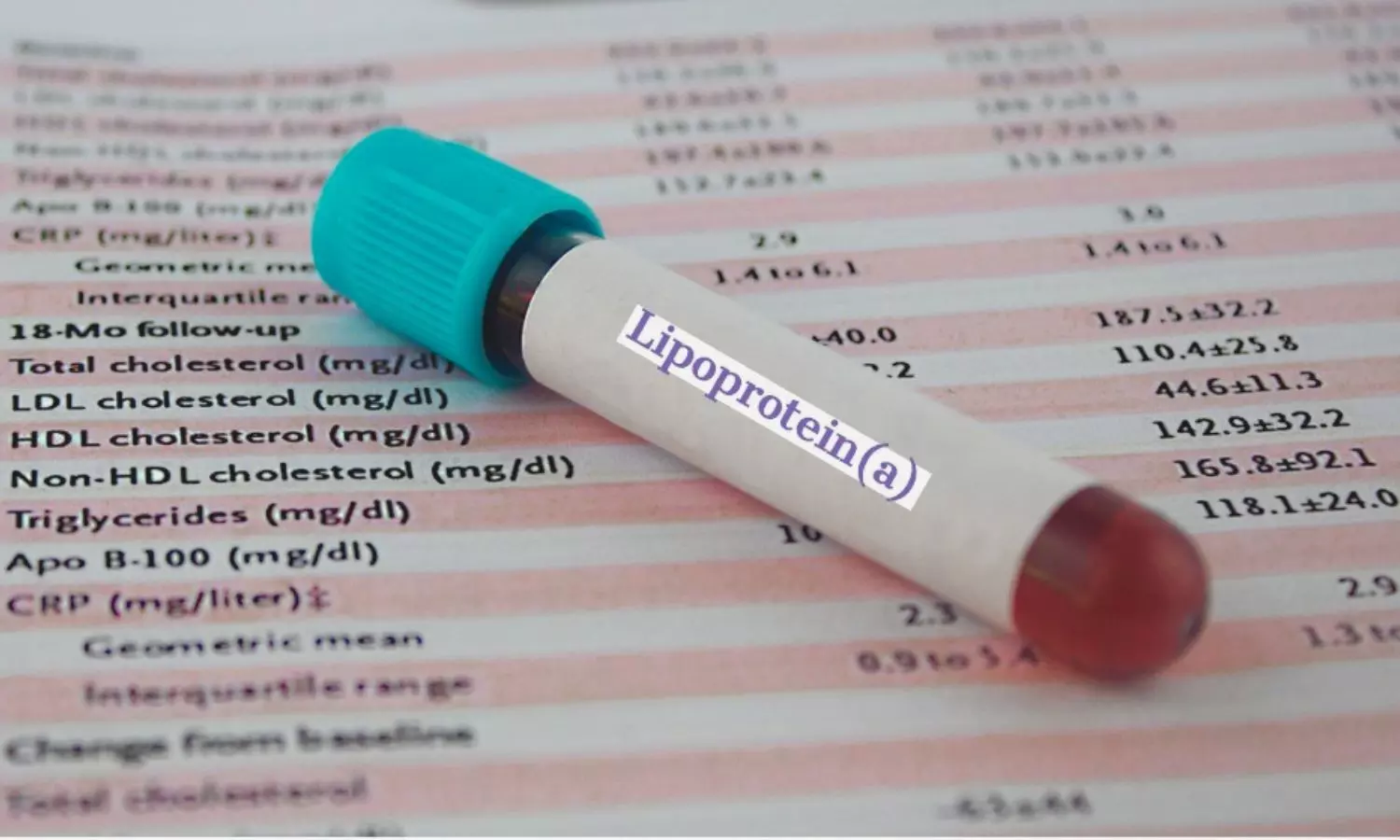
USA: Recent research has shed light on the connection between lipoprotein(a) levels and the long-term risk of in-stent restenosis (ISR) following percutaneous coronary intervention (PCI), offering valuable insights into cardiovascular health management. The study underscores the significance of this lipoprotein variant in predicting post-procedural outcomes.
The study, published in the European Journal of Preventive Cardiology, revealed that high lipoprotein(a), or Lp(a), was independently associated with in-stent restenosis after PCI based on a retrospective report.
“Lp(a) is an independent predictor for long-term in-stent restenosis and should be considered to evaluate patients undergoing PCI,” the researchers wrote.
Lipoprotein(a), often abbreviated as Lp(a), is a subtype of lipoprotein known for its atherogenic properties, contributing to plaque buildup within arteries. Lp(a) has demonstrated its association with myocardial infarction and atherosclerosis. However, its role in the development of ISR after percutaneous coronary intervention is not yet established. Ahmed K Mahmoud, Department of Cardiovascular Medicine, Mayo Clinic, Phoenix, Arizona, USA, and colleagues aimed to investigate the association between Lp(a) and ISR.
For this purpose, the researchers conducted a retrospective study of adult patients who underwent successful PCI between 2006 and 2017 at the three Mayo Clinic sites and had a preprocedural Lp(a) measurement. According to the serum Lp(a) concentration, patients were divided into two groups (high Lp(a) ≥50 mg/dl and low Lp(a) <50 mg/dl). Univariable and multivariable analyses were performed to compare ISR risk between patients with high Lp(a) versus those with low Lp(a).
The following were the key findings of the study:
The findings showed that Lp(a) should be considered a risk factor for long-term in-stent restenosis to evaluate patients undergoing PCI and assessed as a potential therapeutic target for reducing residual cardiovascular risk in this population.
In conclusion, the study on lipoprotein(a) and in-stent restenosis offers a pivotal step forward in understanding the intricate dynamics of cardiovascular risk factors. It reinforces the need for comprehensive risk assessment and targeted interventions to mitigate complications and promote long-term heart health following coronary interventions.
Reference:
Mahmoud, A. K., Farina, J. M., Awad, K., Ali, N. B., Pereyra, M., Scalia, I. G., Abbas, M. T., Allam, M. N., Kamal, M. A., Abu Rmilah, A. A., Chao, C., Timothy, B., Alsidawi, S., Lester, S. J., Pollack, P. M., Alkhouli, M. A., Lee, K. S., Yang, E. H., Lee, R. W., . . . Arsanjani, R. Lipoprotein(a) and Long-term In-stent Restenosis after Percutaneous Coronary Intervention. European Journal of Preventive Cardiology. https://doi.org/10.1093/eurjpc/zwae212
Powered by WPeMatico
